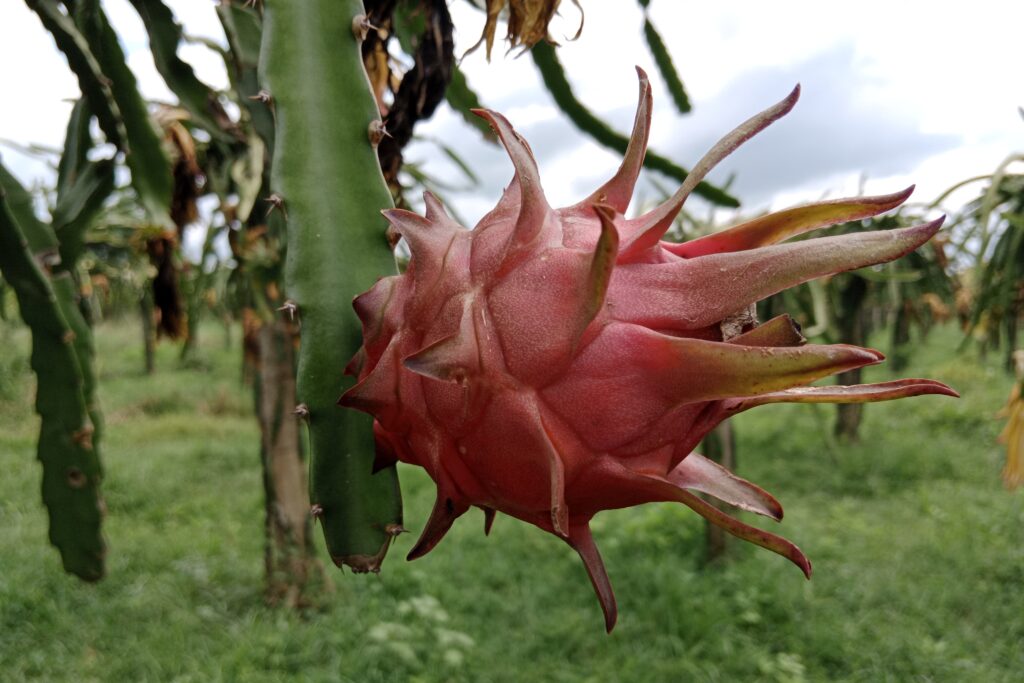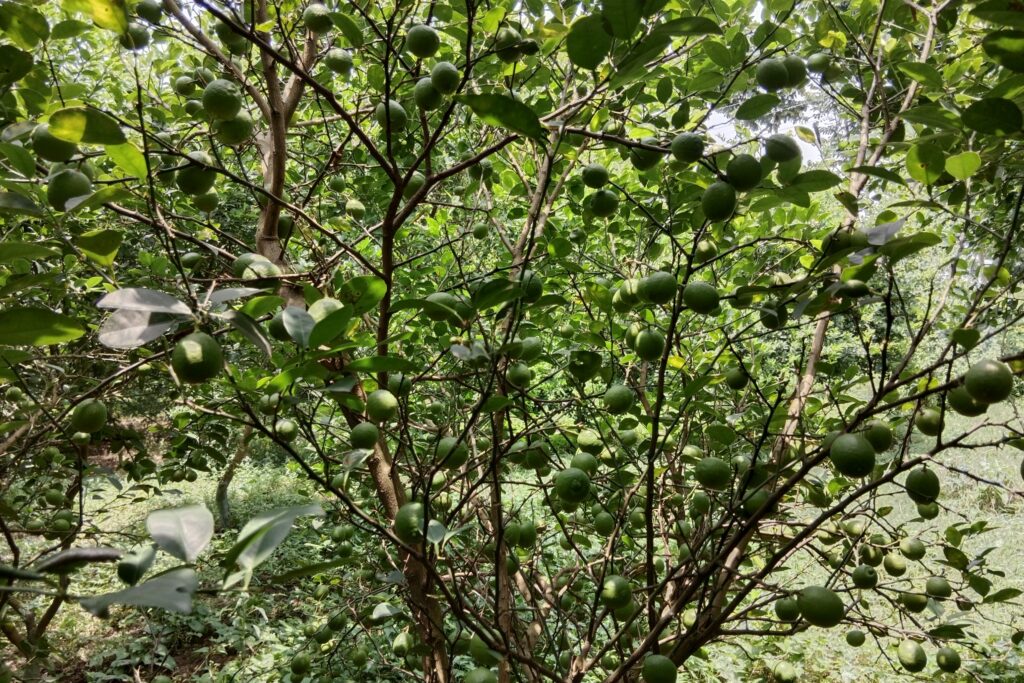What is the meaning of Climate Resilient Agriculture?
Climate-resilient agriculture (CRA) refers to the ability of farming systems, communities, and practices to anticipate, adapt, and recover from the adverse effects of climate change. By integrating adaptive strategies such as efficient resource management, crop diversification, and advanced technologies, CRA minimizes vulnerabilities, ensures sustainable productivity, and supports food security.
As scientists predict, global food demand is expected to surge to meet the needs of a projected 9.5 billion population by 2050. Traditionally, increased food production has relied on agricultural expansion and unsustainable resource use, creating a vicious cycle of environmental degradation and increased emissions. Without intervention, emissions from food systems will escalate, further intensifying the climate crisis. Alarmingly, one-third of the global population is projected to face food insecurity.
By 2050, it is also predicted that 50% of rivers on the earth will dry up, intensifying the challenges posed by the global climate crisis, which is reshaping agricultural landscapes and threatening food security and sustainability. Climate-resilient agriculture emerges as a transformative solution, balancing climate adaptation with agricultural productivity, particularly in water-stressed nations like India, where escalating water demand from agriculture, industry, and domestic use further strains already limited resources.
Climate-resilient agriculture focuses on reducing vulnerability to droughts, pests, diseases, and other climate-related risks. It enhances the capacity of farming systems to adapt and thrive despite long-term stresses like seasonal variability and erratic weather patterns. By improving agricultural resilience, CRA enables higher production of quality food without additional strain on natural resources.
Moreover, Climate-resilient agriculture supports nutrition security and boosts incomes, especially for rural populations who depend on agriculture for their livelihoods. By fostering sustainability, climate-resilient agriculture ensures a pathway to a more secure and resilient food future, addressing both immediate challenges and long-term climate impacts.
The Essence of Climate-Resilient Agriculture
Climate-Resilient Agriculture (CRA) enhances farming systems’ resilience to climate variability by improving water resource management and adopting sustainable practices like crop diversification and precision farming. In water-scarce regions, climate-resilient agriculture integrates surface and groundwater systems, enabling farmers to adapt to hydro-meteorological challenges while ensuring long-term agricultural productivity and sustainability.
Key Features of Climate-Resilient Agriculture (CRA)
Adaptation to Hydro-Meteorological Conditions
CRA develops agricultural strategies tailored to local climatic conditions and water availability. By focusing on site-specific adaptations, it ensures efficient resource utilization, enabling consistent crop productivity even in water-stressed regions.
Effective Water Management
To address severe water scarcity, climate-resilient agriculture incorporates techniques such as rainwater harvesting, optimized irrigation systems, and resource recycling. These approaches enhance water conservation and improve overall agricultural sustainability.
Community Participation
Farmers are integral to CRA’s success. By involving them in policy development and decision-making processes, particularly in groundwater-based agriculture, climate-resilient agriculture creates practical and locally relevant solutions that are more likely to be adopted and scaled effectively.
Collaborative Policies and Partnerships
CRA thrives on partnerships among government bodies, NGOs, and local communities. These collaborations facilitate the pooling of resources, expertise, and efforts, ensuring effective policy implementation and a cohesive response to climate-induced agricultural challenges.
Technological Integration in Climate-Resilient Agriculture (CRA)
Integrating advanced technologies is crucial for scaling and improving Climate-Resilient Agriculture solutions, enhancing adaptability and sustainability in farming systems. By leveraging tools like artificial intelligence, geo-spatial monitoring, precision agriculture, and sustainability indicators, Climate-resilient agriculture empowers farmers, boosts productivity, and strengthens resilience to climate variability.
Artificial Intelligence (AI) and Geo-Spatial Tools
These technologies enable precise monitoring of critical variables such as climate patterns, water resource dynamics, and crop health. By providing actionable insights through data analysis, they support informed, data-driven decision-making for farmers and policymakers.
Precision Agriculture Tools
Techniques like remote sensing, data analytics, and predictive modeling help optimize resource allocation, such as water, fertilizers, and seeds. These tools minimize waste, improve efficiency, and mitigate climate-related risks, enhancing the overall resilience of farming systems.
Sustainability Indicators
Empirical studies and measurable frameworks are vital for assessing the effectiveness of climate-resilient agriculture strategies. They guide the refinement of practices by providing clear benchmarks for sustainability, ensuring continuous improvement in adapting to climate challenges.
CRA’s Alignment with Sustainable Development Goals (SDGs)
CRA is intricately linked to global sustainability efforts, particularly the UN Sustainable Development Goals (SDGs):
SDG 1 (No Poverty)
CRA enhances agricultural productivity by integrating innovative practices and technologies, which increase crop yields and reduce losses due to climate variability. By doing so, it boosts the incomes of farmers, particularly those in rural and vulnerable communities, helping to break the cycle of poverty.
SDG 2 (Zero Hunger)
Resilient farming systems established under CRA ensure a consistent and secure food supply, even in the face of adverse climate conditions. By reducing susceptibility to droughts, floods, and pests, CRA contributes to combating hunger and malnutrition, ensuring food availability for growing populations.
SDG 3 (Good Health and Well-Being)
Improved soil and water management under CRA leads to better-quality crops and a healthier environment, enhancing nutrition for communities. Additionally, sustainable resource use ensures long-term access to clean water and food, supporting overall community health and well-being.
SDG 13 (Climate Action)
CRA promotes adaptive farming techniques such as efficient water use, crop diversification, and soil conservation, reducing agriculture’s vulnerability to climate change. These measures help mitigate climate impacts and contribute to global climate action by fostering sustainable agricultural practices.
Challenges and Opportunities
Challenges
Policy and Financial Support
The adoption of CRA practices on a large scale requires comprehensive policy frameworks that incentivize sustainable agricultural practices. This includes subsidies for adopting advanced technologies, grants for research, and financial mechanisms to support farmers transitioning to climate-resilient methods. Without such support, scaling CRA remains a significant hurdle.
Research Gaps
While scientific advancements in CRA are promising, translating these innovations into practical, field-ready solutions remains a challenge. Bridging this gap involves conducting empirical studies, developing region-specific models, and ensuring that research outcomes are accessible and actionable for farmers and policymakers.
Opportunities
Knowledge-Sharing Platforms
Platforms that facilitate the exchange of best practices, success stories, and region-specific CRA strategies empower farmers to make informed decisions. These platforms can leverage digital tools, workshops, and farmer-to-farmer training to disseminate tailored solutions and foster community learning.
Advanced Crop Varieties
The development of climate-resilient crop varieties, such as those resistant to drought, heat, and salinity, provides a critical opportunity to enhance agricultural productivity under changing climatic conditions. Such crops ensure reliable yields even in extreme weather, safeguarding food security and farmer incomes.
Collaborative Efforts
Multidisciplinary initiatives that bring together researchers, policymakers, NGOs, and local communities are vital for addressing the complexities of climate challenges. Collaborative projects encourage resource pooling, foster innovation, and align diverse expertise to create holistic and scalable CRA strategies.
Future Directions for CRA
Localized Strategies
The success of CRA depends on its ability to address region-specific challenges. Collaborating directly with farmers to co-create adaptive methods ensures that solutions are practical, culturally relevant, and tailored to the unique climatic, soil, and water conditions of specific areas. Engaging farmers in the design and implementation of these strategies enhances adoption rates and effectiveness, making CRA practices both sustainable and impactful.
Policy Innovation
Robust governance frameworks are essential for scaling CRA initiatives. Policymakers must introduce supportive measures, such as financial incentives, subsidies, and regulatory reforms, to encourage the adoption of climate-resilient practices. For example, providing grants for adopting sustainable technologies or tax benefits for implementing water-saving techniques can accelerate the transition to CRA. Clear and consistent policies that address both short-term challenges and long-term goals are vital for widespread adoption.
Technological Scaling
The integration of advanced technologies such as artificial intelligence (AI), machine learning, and precision agriculture tools can revolutionize CRA practices. Scaling these technologies enables efficient monitoring of climate variables, predictive modeling of crop performance, and optimized resource allocation. For instance, remote sensing technologies can provide real-time data on soil moisture and crop health, allowing for timely interventions that enhance resilience and productivity.
Empirical Research
Continued empirical research is crucial to refine sustainability indicators, assess the long-term impacts of CRA practices, and develop evidence-based solutions. Studies that focus on the socio-economic, environmental, and agricultural dimensions of CRA can guide the optimization of strategies. This includes evaluating the effectiveness of new crop varieties, understanding the impact of CRA on biodiversity, and analyzing its role in carbon sequestration.
Conclusion
Climate-Resilient Agriculture offers a blueprint for sustainable food security in a changing climate. By integrating advanced technologies, fostering collaborations, and prioritizing community participation, CRA addresses critical challenges like water scarcity, food insecurity, and environmental degradation. CRA initiatives provide a compelling model for aligning agricultural resilience with global sustainability goals, setting the stage for a future where farming systems are not only productive but also environmentally sustainable and climate adaptive.
Sources
Sahoo S, Singha C, Govind A, Moghimi A (2024) Review of climate-resilient agriculture for ensuring food security: Sustainability opportunities and challenges of India. Elsevier 25.
Alfonso et al. (2023) Enhancing climate change resilience in agricultural crops. Current Biology 33, R1246-R1261.



Pingback: 7 Ways to Reduce Greenhouse Gas Emissions from Rice Farming. -